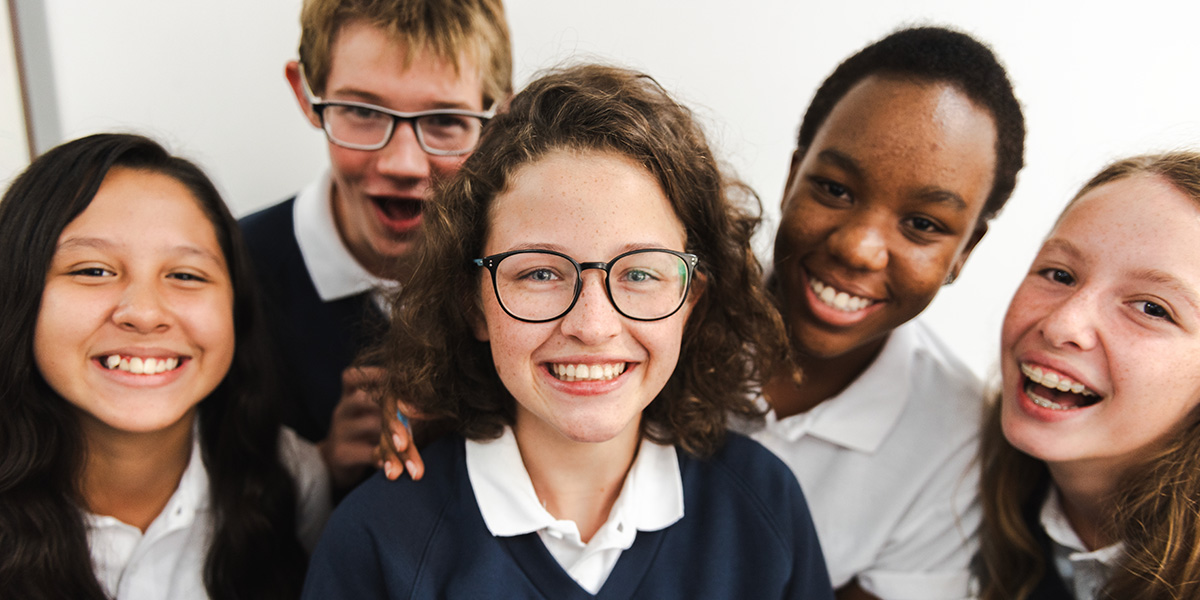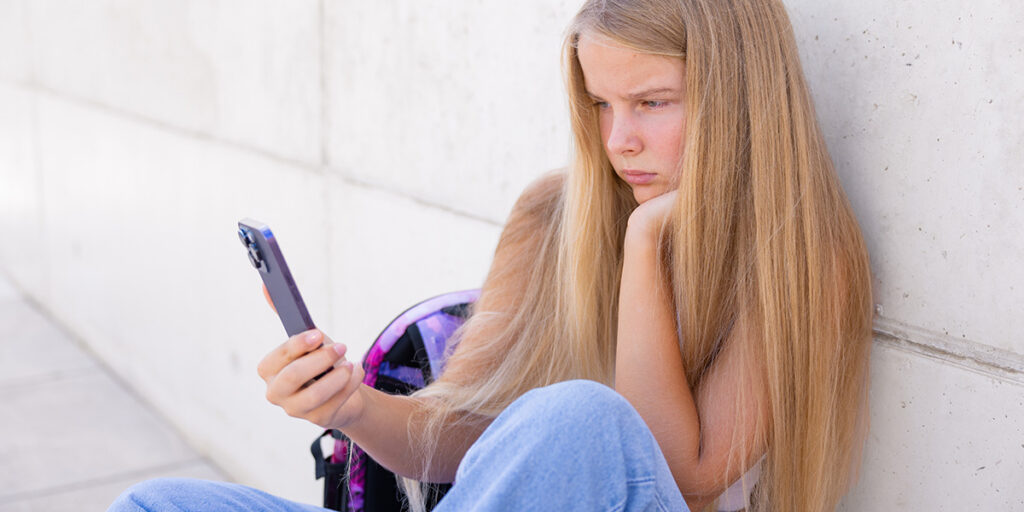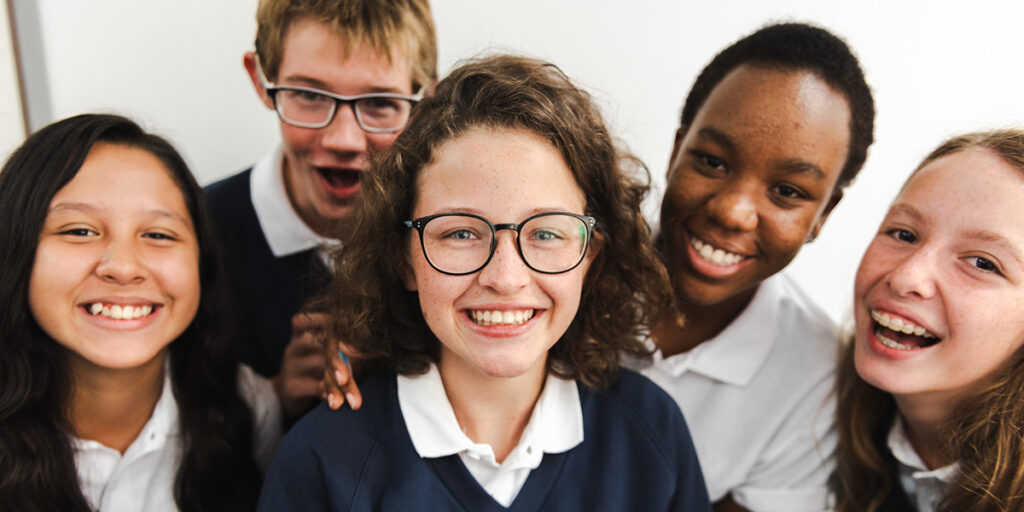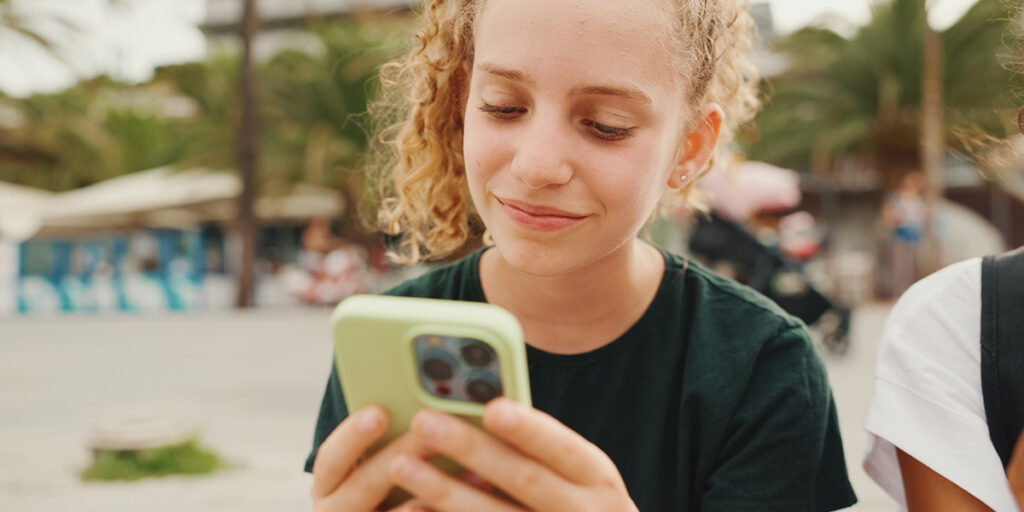Schools play a pivotal role in nurturing student wellbeing and resilience, but it can be challenging to navigate complex and often sensitive issues like bullying, online safety and mental health in the classroom
At Brainstorm Productions, we support educators by bringing professional young actors into schools to deliver live theatre performances that spark curiosity, inspire students and open the door to deeper conversations. In our 40 years’ experience in schools, we’ve seen first-hand how live theatre can cut through and connect with students in powerful, creative ways.
Brainstorm is one of Australia’s most trusted educational theatre companies. Each year we reach over 260,000 students across NSW, QLD, VIC and SA. Each performance explores themes of bullying, online safety and wellbeing, followed by a facilitated discussion. To make your job easier, we also provide curriculum-aligned classroom resources so the learning can continue after the show.
The theory behind the practice
Theatre in education is grounded in Social Cognitive Theory (Bandura, 1986), which tells us that young people learn by observing others. Live theatre gives students the chance to watch positive and negative behaviours play out in real time and reflect on the choices characters make.
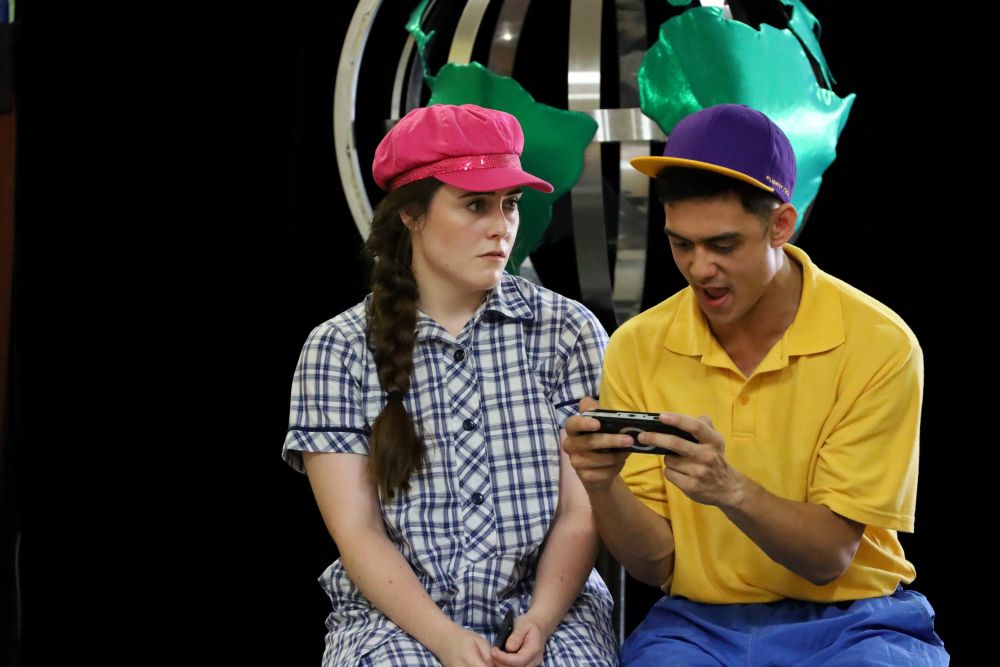
Storytelling is one of the oldest and most effective teaching tools we have. Research shows that stories help us process complex information, change attitudes and influence behaviour (Cunningham & Boom, 2013; Glaser, Garsoffky & Schwan, 2009). Recent Australian research also suggests that storytelling is an engaging and effective way to deliver resilience content in the classroom (Tillot et al., 2021). When students see characters facing challenges that mirror their own world, the content is more likely to stick.
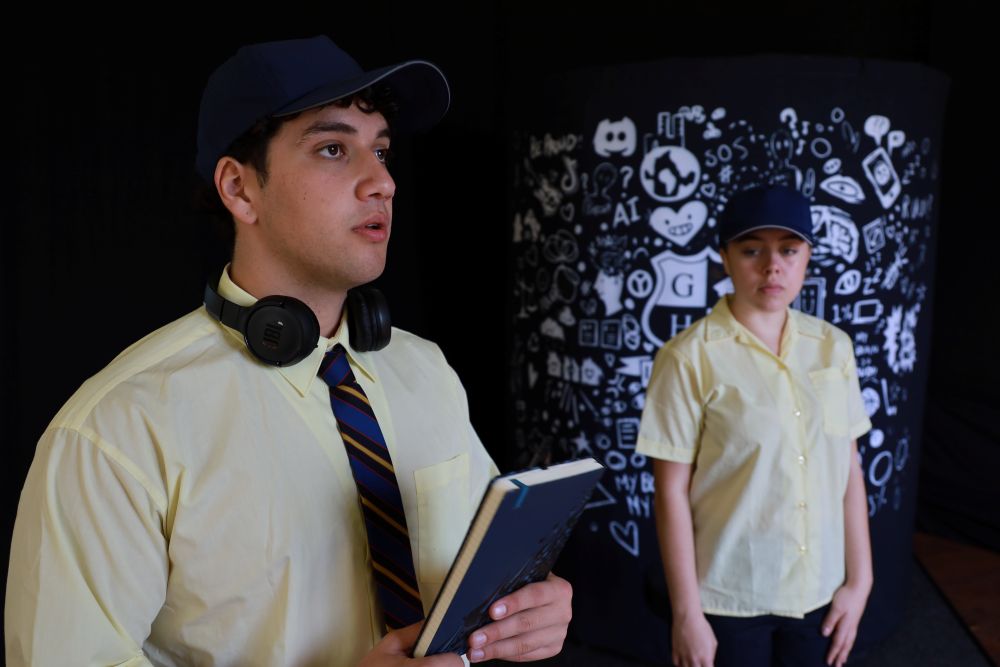
As educators, you know the best learning happens when students are emotionally engaged. Being emotionally ‘moved’ by a story supports attention, recall and long-term retention (Tyng et al., 2017). Theatre creates a unique kind of emotional engagement, one that draws students in while allowing them to remain at a safe distance. They can watch characters make mistakes, deal with the consequences and grow, without feeling exposed themselves. The most effective stories elicit a mix of emotions and leave students feeling motivated, hopeful and inspired.
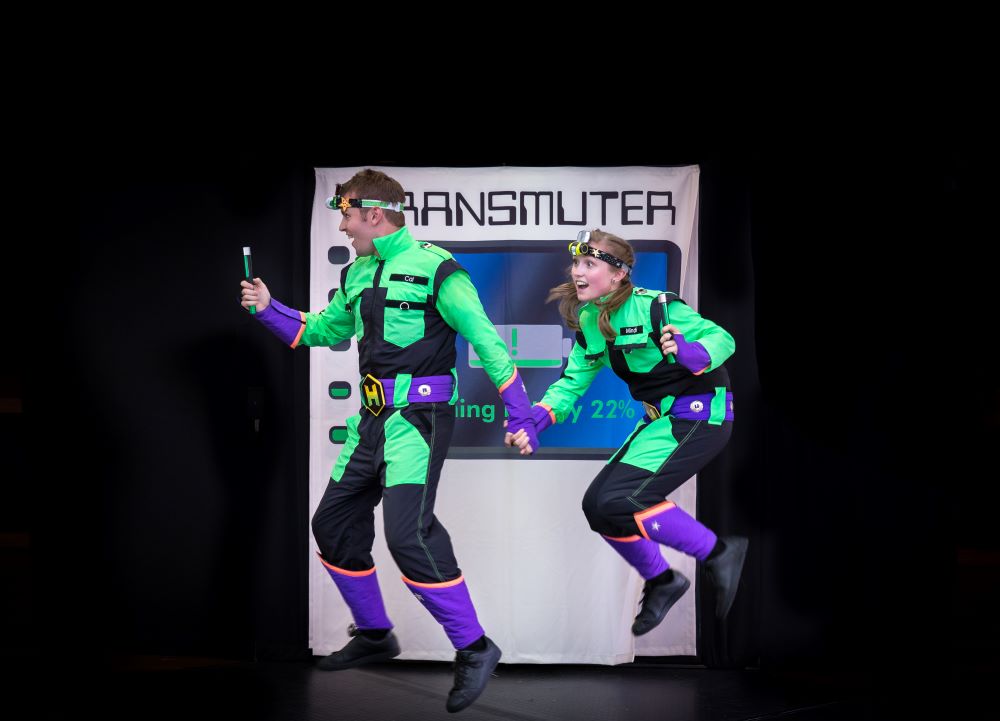
Practical ways to use the arts in your wellbeing lessons
You don’t have to be a drama teacher to bring some extra creativity into your lessons. Arts-based strategies can help break the ice, create a safe space for discussion and bring tricky topics to life. Here are some simple ideas you can try:
1. Start with a drama game
Drama games are a fun way to warm up at the start of a lesson and prepare students to explore sensitive topics. Games like Acceptance Circle can be used with primary or secondary students to develop listening and group cohesion by having students copy each other’s actions and sounds in sequence. Zip Zap Zop and Bippity Bop boost energy and concentration, while statue games encourage teamwork and creativity. For example, students can work in small groups, using their bodies to form an animal, object or scene, or they can work in pairs with one as the “sculptor” and the other as the “statue.”
Movement games can also build body awareness. For example, ask younger primary students to walk around the room and then transform into an animal, but without crawling on the floor or making sounds. This encourages them to focus on the more subtle movements and characteristics of the animal and can be used as a warm-up for lessons about emotions, empathy and non-verbal communication.
Drama Trunk is a great resource for Australian teachers, offering lots of free, no-prep drama games for all year levels: dramatrunk.com.
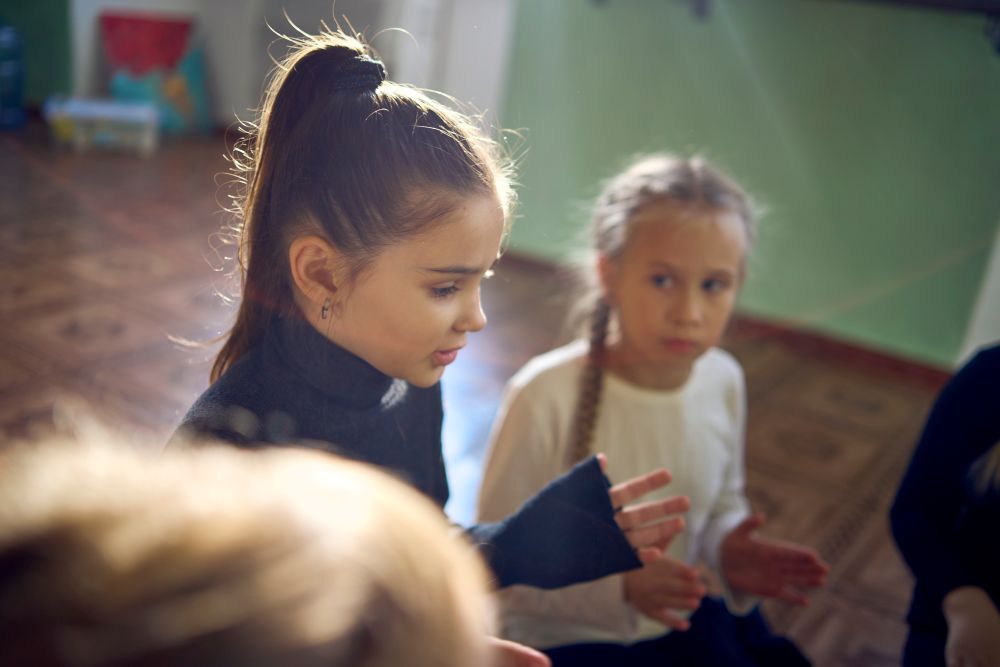
2. Bring in stories and characters
Stories from books, plays, films, TV shows or even popular video games can be used as a springboard for discussion. Where possible, try to use quality Australian content that is designed for children and young people, with resilience and learning in mind. Some TV programs that may be useful for primary students include Little J & Big Cuz, Bluey, Kangaroo Beach, Little Lunch and Dance Academy. A recent Australian study (Bohl, Smith & Bolling, 2025) found that Bluey consistently portrays resilience messages aligned with Grotberg’s Resilience Framework (1995), with the lead character modelling key attributes such as emotional regulation, persistence and problem-solving.
You could ask students:
- How was this character feeling?
- What choices did they make?
- What were the consequences for themselves and others?
- What did they learn from those choices?
- What were their strengths and how did their strengths help them?
- Who helped them overcome this challenge?
- How could they have acted differently?
- How might this have changed the ending?
Stories are a great way to explore how people overcome adversity, drawing on their unique strengths and resilience factors while building new skills and insights along the way.
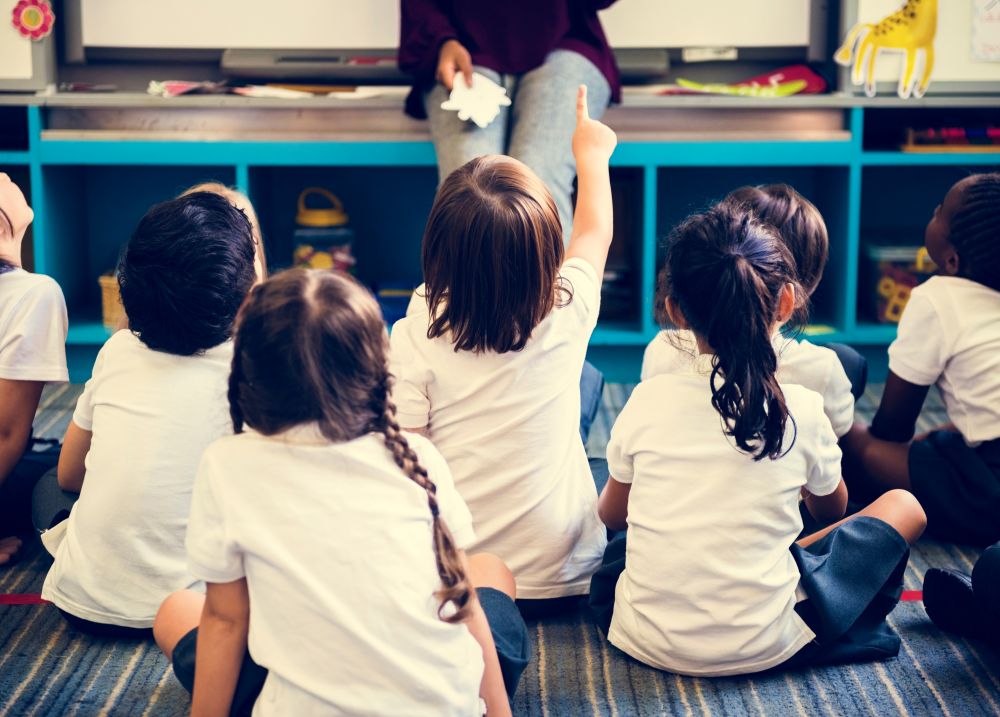
3. Use forum theatre
Forum Theatre is an interactive technique developed by Brazilian theatre practitioner Augusto Boal. In Forum Theatre, a short play is performed that usually shows a social problem or conflict, such as bullying, peer pressure or discrimination, without a clear solution. After the first performance, the play is repeated, but this time audience members are invited to step in, take the place of a character and try out different strategies to change the outcome.
This approach can be adapted for a high school wellbeing, HPE or Pastoral Care lesson, using a short scene from an existing text or by asking students to write their own. For example, in one of our high school lesson plans, we provide a short excerpt from our show Verbal Combat, in which a student is being bullied in the presence of bystanders. Students perform the scene twice, with the audience stepping in the second time to experiment with alternative outcomes.
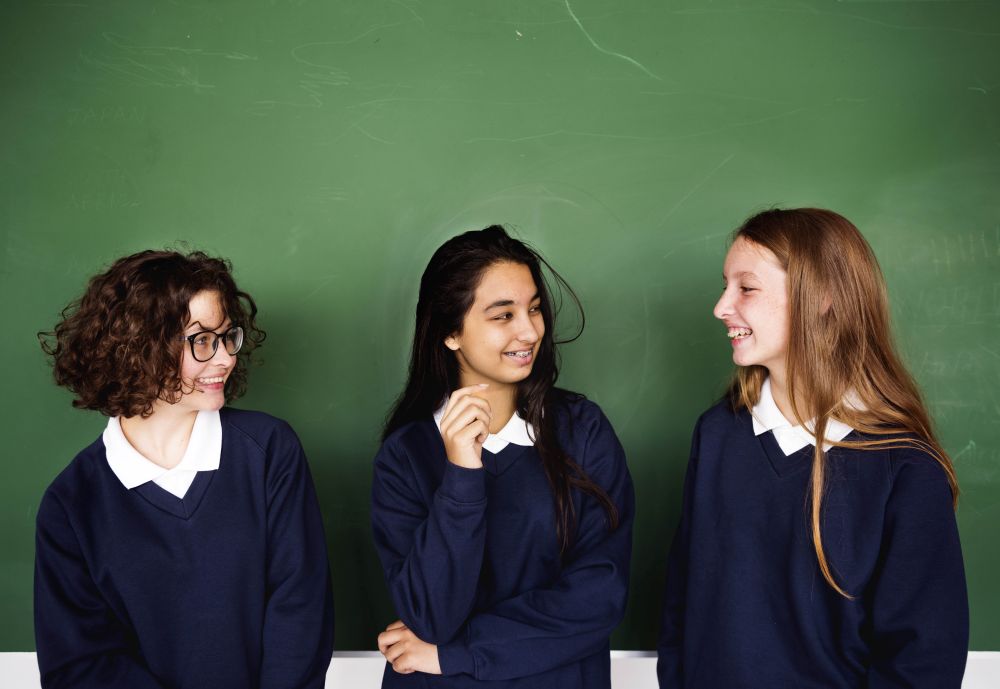
4. Harness the power of music
Music is a brilliant way to make wellbeing content memorable. Primary students could:
- Take an existing song and write new lyrics about cyber safety or anti-bullying;
- Choreograph a K-Pop or TikTok-style dance to a song with a wellbeing message, to be used as a warm-up at the start of lessons (all our primary school performances include a downloadable song that teachers can use creatively in the classroom);
- Write an original song about a wellbeing theme. For example, in one of our lesson plans for Years 3-6, students create a rap promoting online safety for kids, using a guiding statement and list of suggested rhyming words. The song from the performance can be used to provide a structure for their rap, if needed.
Arts-based learning engages students and creates classroom experiences that not only tick the curriculum boxes but also energise and inspire.

Learn more about our program
bullying preventionBrainstorm Productions is a professional theatre in education company bringing live theatre incursions to primary and high schools across Sydney, Brisbane, Melbourne, Adelaide and surrounding areas. Our program is designed to support the wellbeing, cyber safety and bullying prevention strategies being implemented in your school, providing a springboard for deeper learning and discussion. The shows provide a rich stimulus for learning that can target a wide range of outcomes, especially when followed by the curriculum-aligned lesson plans.
We are taking bookings for 2026! Contact our team today to enquire about a booking or check out our live theatre performances for primary and high schools.


